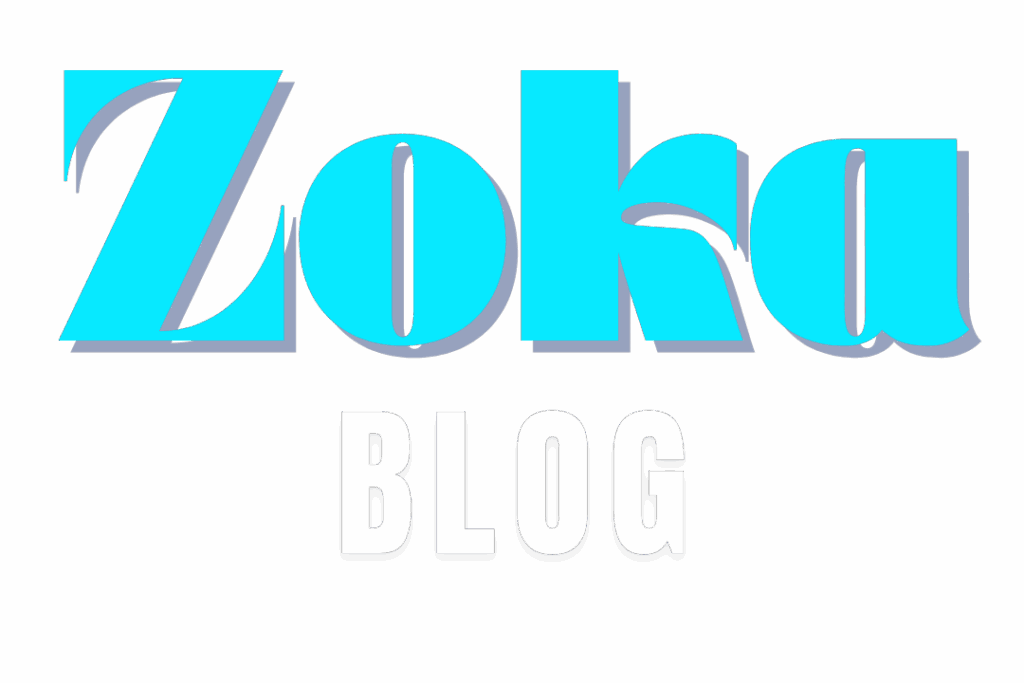Podmínky Použití
1. Podmínky použití
Přístupem na webovou stránku Zokablog.com souhlasíte s dodržováním těchto podmínek použití, jakož i všech platných zákonů a předpisů, a přijímáte odpovědnost za dodržování všech místních zákonů. Pokud s některou z těchto podmínek nesouhlasíte, máte zakázáno tuto webovou stránku používat nebo na ni přistupovat. Obsah této webové stránky je chráněn platnými autorskými právy a zákony o ochranných známkách.
2. Použití licence
Máte povoleno dočasně stáhnout jednu kopii materiálů (informací nebo softwaru) na webové stránce Zokablog.com pouze pro osobní, nekomerční přechodné prohlížení. Toto je licence, nikoli převod vlastnictví, a na základě této licence nesmíte:
- Upravovat nebo kopírovat materiály;
- Používat materiály pro komerční účely nebo pro veřejné předvedení (komerční nebo nekomerční);
- Pokoušet se dekompilovat nebo zpětně analyzovat jakýkoli software obsažený na webové stránce Zokablog.com;
- Odstraňovat jakékoli autorské právo nebo jiná majetková označení z materiálů; nebo
- Předávat materiály někomu jinému nebo zrcadlit materiály na jiném serveru.
Tato licence se automaticky ukončí, pokud porušíte některé z těchto omezení, a může být kdykoli ukončena společností Zokablog.com. Po ukončení vašeho prohlížení těchto materiálů nebo po vypršení platnosti této licence musíte zničit veškeré stažené materiály ve vašem vlastnictví, ať už v elektronickém nebo tištěném formátu.
3. Odmítnutí odpovědnosti
Materiály na webové stránce Zokablog.com jsou poskytovány „tak, jak jsou“. Zokablog.com neposkytuje žádné záruky, výslovné ani implicitní, a tímto odmítá veškeré ostatní záruky, včetně, bez omezení, předpokládaných záruk nebo podmínek obchodovatelnosti, vhodnosti pro konkrétní účel nebo neporušení autorských práv či jiných právních předpisů.
Navíc, Zokablog.com nezaručuje ani neposkytuje žádné prohlášení ohledně přesnosti, pravděpodobných výsledků nebo spolehlivosti používání materiálů na své webové stránce nebo souvisejících s takovými materiály nebo na jakýchkoli stránkách, které jsou s touto stránkou propojeny.
4. Omezení
V žádném případě nenese Zokablog.com ani jeho dodavatelé odpovědnost za jakékoli škody (včetně, ale nikoli výlučně, škod za ztrátu dat nebo zisků nebo v důsledku přerušení podnikání) vzniklé z použití nebo nemožnosti použít materiály na Zokablog.com, i když byl Zokablog.com nebo oprávněný zástupce Zokablog.com ústně nebo písemně informován o možnosti takových škod. Vzhledem k tomu, že některé jurisdikce neumožňují omezení implicitních záruk nebo omezení odpovědnosti za následné nebo náhodné škody, tato omezení se nemusí vztahovat.
5. Přesnost materiálů
Materiály se objevující na webové stránce Zokablog.com mohou obsahovat technické, typografické nebo fotografické chyby. Zokablog.com nezaručuje, že některý z materiálů na své webové stránce je přesný, úplný nebo aktuální. Zokablog.com může kdykoli bez předchozího upozornění provádět změny v materiálech obsažených na své webové stránce. Zokablog.com se však nezavazuje materiály aktualizovat.
6. Odkazy
Zokablog.com nerevidoval všechny stránky, které jsou s jeho webovou stránkou propojeny, a není odpovědný za obsah jakýchkoli takových propojených stránek. Zahrnutí jakéhokoli odkazu neimplikuje schválení stránky ze strany Zokablog.com. Použití jakékoli takové propojené webové stránky je na vlastní riziko uživatele.
Modifikace
Zokablog.com může kdykoli bez předchozího upozornění revidovat tyto podmínky použití pro své webové stránky. Použitím této webové stránky souhlasíte s tím, že budete vázáni aktuální verzí těchto podmínek služby.
Rozhodné právo
Tyto podmínky a ustanovení jsou řízeny a vykládány v souladu se zákony Zokablog.com a vy neodvolatelně podléháte výlučné jurisdikci soudů v daném státě nebo lokalitě.
